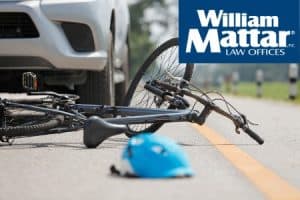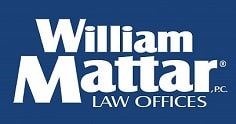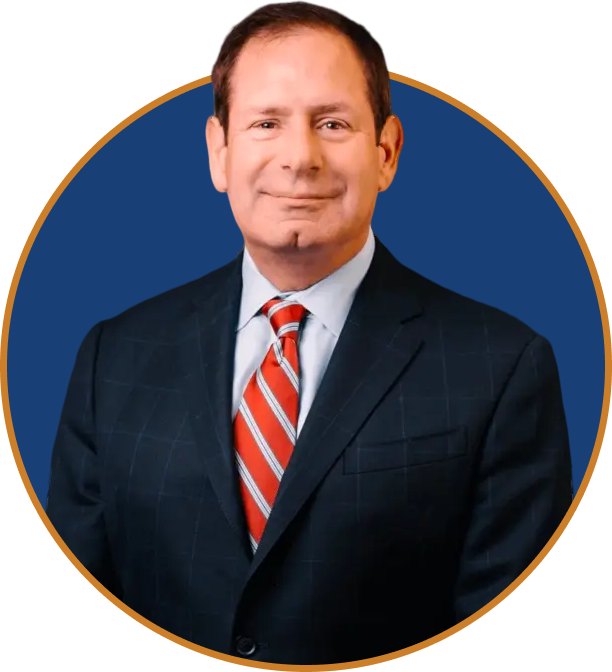What are my Legal Rights after I am Injured in a Bicycle Accident?
 One second you are traveling alongside the fog line of a country road, the next you are being thrown headfirst onto the roadway. Hopefully, you were wearing a helmet, but even assuming you were, the impact of the collision can cause you to endure serious personal injuries.
One second you are traveling alongside the fog line of a country road, the next you are being thrown headfirst onto the roadway. Hopefully, you were wearing a helmet, but even assuming you were, the impact of the collision can cause you to endure serious personal injuries.
What are your rights after a bicycle accident where you are seriously injured? You should contact a bicycle accident attorney to analyze your particular circumstances, but read on for a discussion of some general factors to consider.
Establishing fault in a bicycle accident
Even though your vehicle is not motorized, and you have to pedal to propel forward, you have legal rights on public roadways. Automobiles and trucks cannot engage in unreasonable driving behaviors that may put you in danger. At the same time, as a bicyclist, you too have to act reasonably under the circumstances.
If you are injured in a bicycle accident, you may have a personal injury claim against the motorist whose driving behavior caused your injuries. In order to succeed with such a claim, you will need to establish that the motorist was at fault. To do so, it will be your burden to establish that the motorist did not act as a “reasonably prudent” motorist, and failure to uphold this duty of care was the cause of your injuries.
What is “Negligence Per Se”?
When establishing fault, you can rely on the motorist’s failure to follow the N.Y. Vehicle and Traffic Law. In fact, if you are able to prove that the motorist failed to follow the N.Y. Vehicle and Traffic Law, depending on the violation, you may be able to establish fault from that fact alone. This is known as “negligence per se,” and it is a powerful tool when trying to establish fault in a bicycle accident case.
For example, if a motorist failed to stay in his or her lane of travel, causing the vehicle to hit you, this violation will likely establish fault. This is because the Vehicle and Traffic Law requires motorists to maintain their lane of travel in order to protect pedestrians and bicyclists.
Even if you are not able to prove that the motorist violated the N.Y. Vehicle and Traffic Law, you can still establish fault. New York motorists are required to “see that which is there to be seen,” or pay attention to and keep a look-out for everything on the road. This duty of care is a flexible thing that adjusts to every circumstance. For example, if the motorist was traveling too fast given the weather or lighting conditions, or was distracted because he or she was arguing with a passenger in the vehicle, he or she may be considered liable.
What if I am also at fault for my bicycle accident?
Some people believe that if you are also somewhat at fault, you cannot recover compensation for your personal injuries. This is wrong. New York is a “comparative-fault” state, meaning that if you are somewhat at fault for your own injuries, you can still make a claim against a motorist. Instead, your fault may reduce your recovery.
As an example, let’s assume that you failed to yield the right of the way at an intersection, resulting in a collision and personal injuries. If your attorney investigates on your behalf and finds that the motorist was also on his or her phone at the time of the collision, you may still have a claim for personal injuries. If it’s determined that you are 50 percent at fault for the collision and your injuries, your recovery will be reduced by 50 percent.
Recovery for damages
When we refer to “recovery” in this context, we are talking about the compensation you are entitled to recover which, broadly speaking, includes both economic and non-economic damages.
Bicycle Accident Economic Damages
Economic damages are what they sound like: monetary losses directly attributable to the injuries caused in the collision. These can include lost wages and payments for medical expenses, among other out-of-pocket expenses. Basic economic losses are generally covered by the no-fault insurance carrier. Anything in excess of that can be paid by the insurance carrier for the at-fault motorist. A bicycle accident lawyer can help you sort out what should be paid by the no-fault insurance carrier, and what should be paid by the insurance carrier for the at-fault motorist.
Bicycle Accident Non-Economic Damages
Non-economic damages include compensation for pain and suffering, which involves payment for the pain, physical limitations, and emotional anguish you may experience after a collision. These damages are typically paid by the insurance carrier or the at-fault motorist, but only if you can establish a “serious injury,” which is a legal term that can be difficult to apply.
Some categories of serious injury are easy to identify, like a fracture. Other categories are not so easy to apply to actual people, including significant disfigurement, permanent consequential limitation of use of a body organ or member, and significant limitation of use of a body function or system categories. A bike accident attorney can help you analyze your particular case to see if you can establish a serious injury, entitling you to compensation.
Hire an Experienced Bicycle Accident Lawyer
The bicycle accident attorneys at William Mattar Law Offices are knowledgeable about the law and can assist you in bringing your claim to maximize your financial recovery. Please do not hesitate to contact our office— call (844) 444-4444.

















